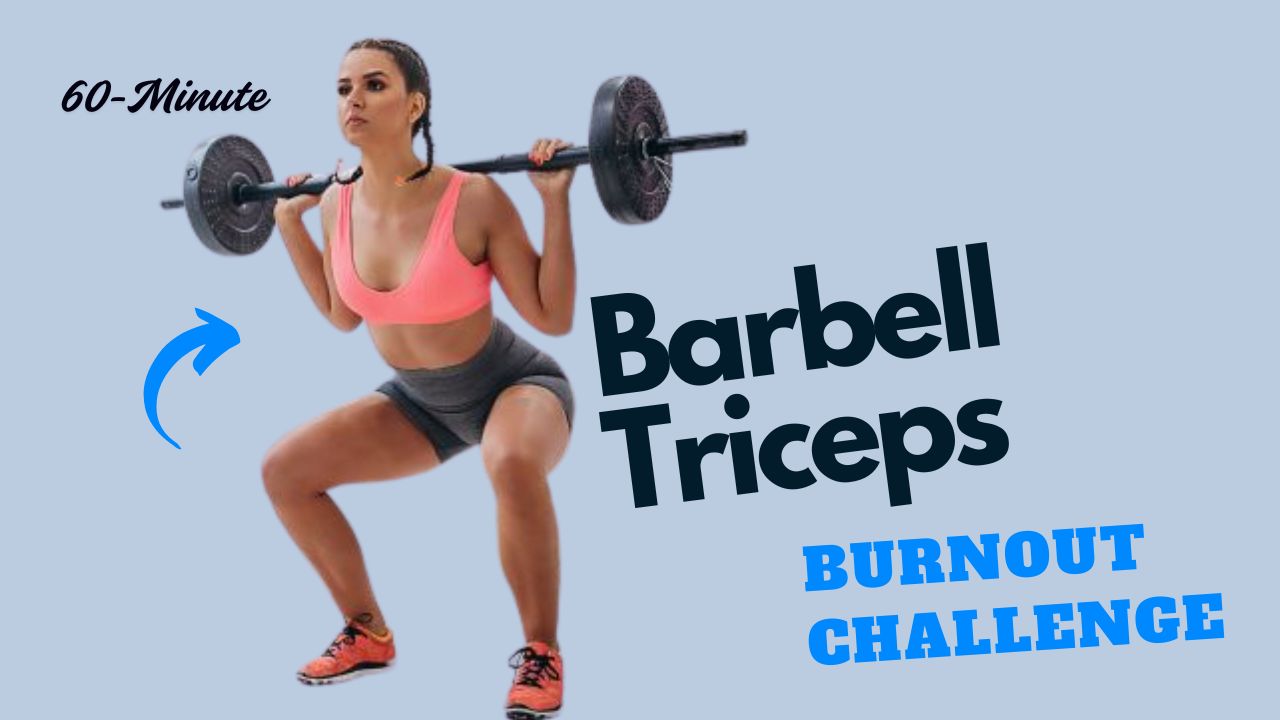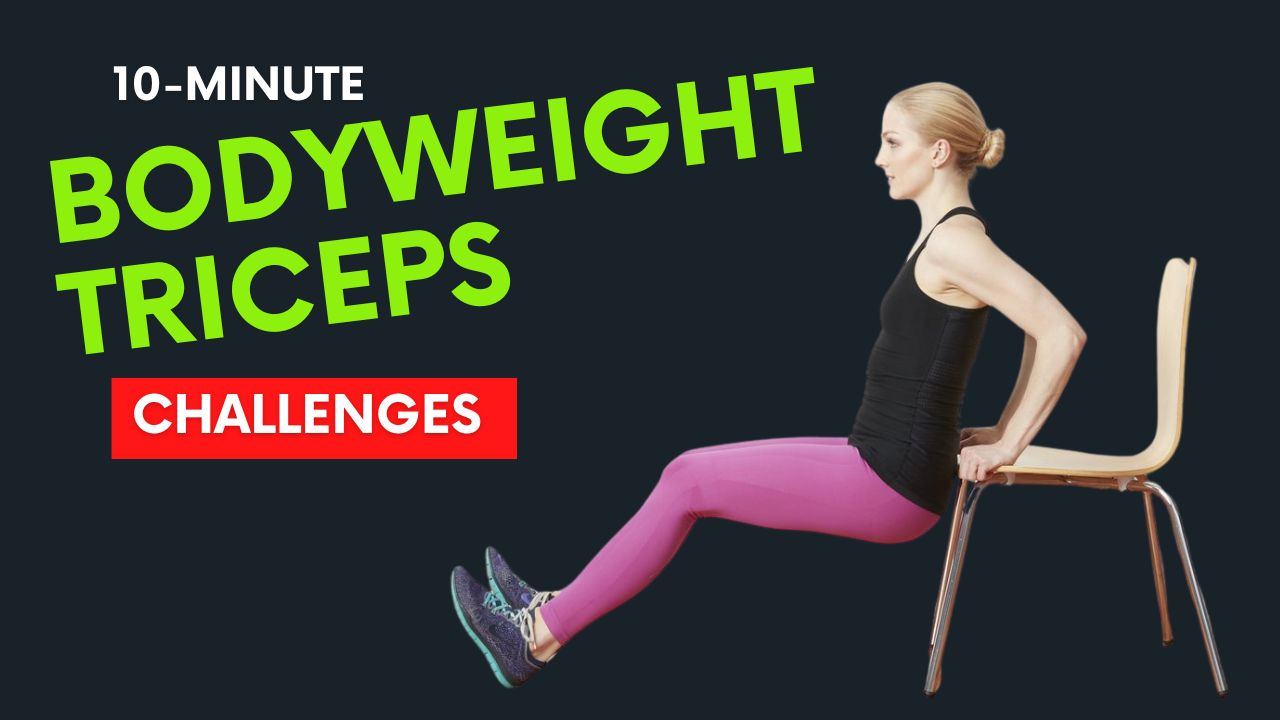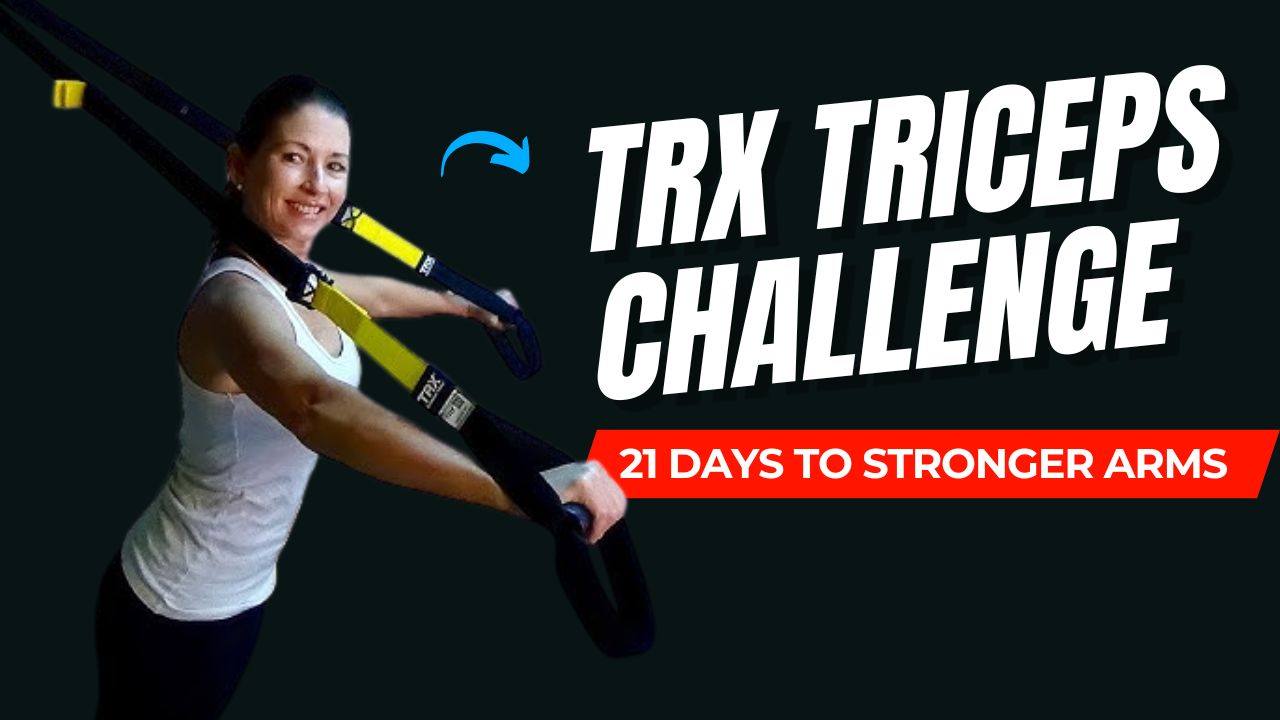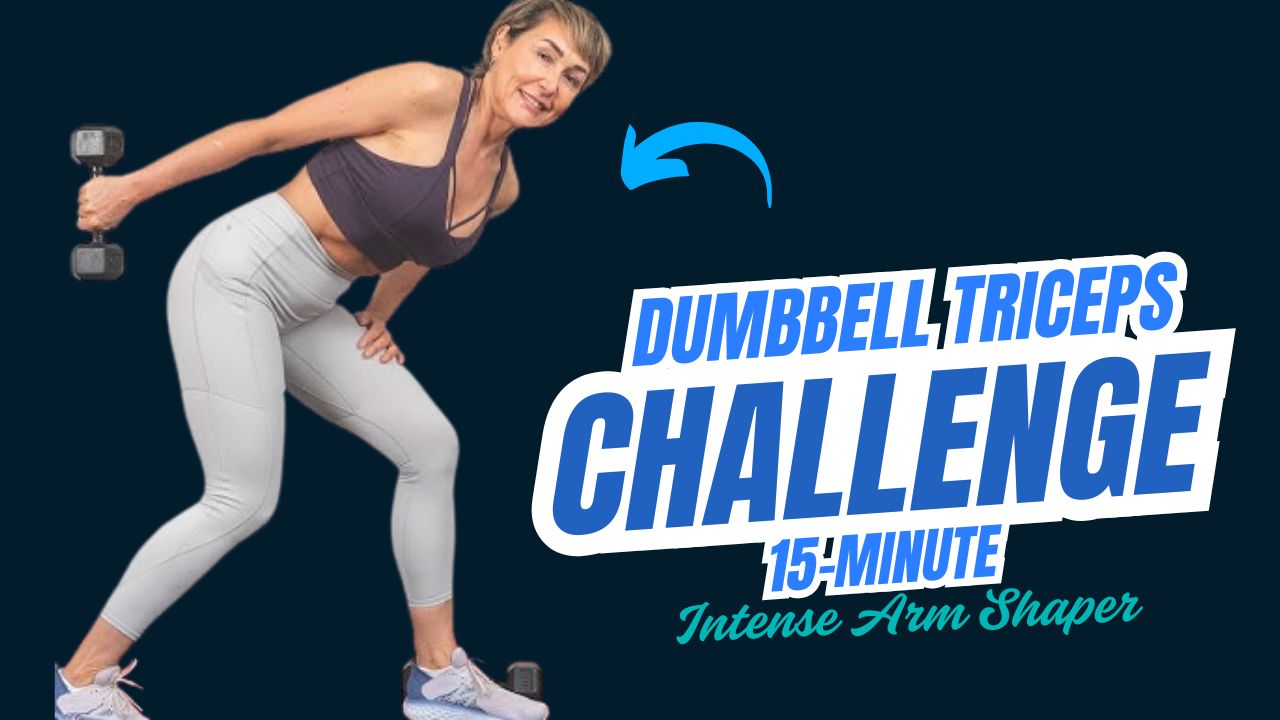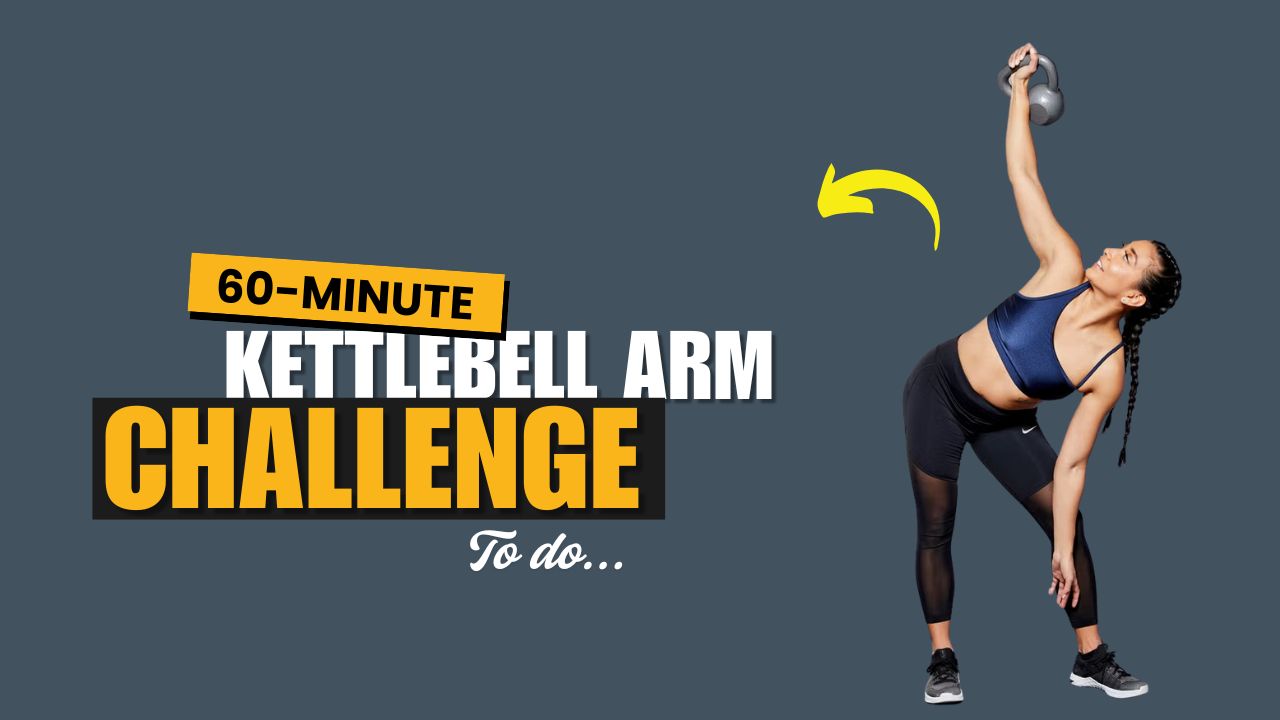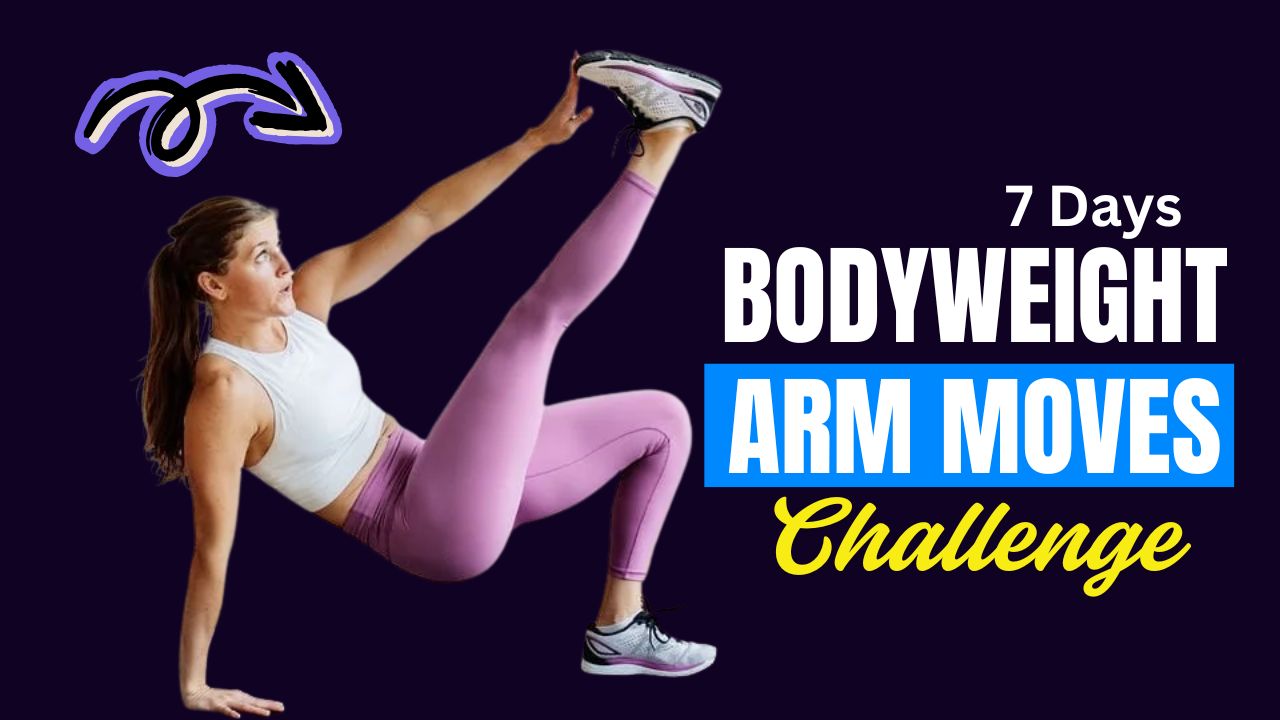Ever wondered why your hamstrings stay tight and weak no matter how much you stretch?
The secret might lie not in how you stretch, but in how you strengthen them! Incorporating the Bosu ball into your hamstring workouts doesn’t just build muscle—it unlocks stability, improves balance, and boosts injury resistance.
Ready to give your hamstrings the attention they deserve? These 7 Bosu ball hamstring workouts will fire them up in ways you’ve never experienced.
Did you know? Weak hamstrings are among the top contributors to knee injuries in athletes. Strong, stable hamstrings keep your joints safer and your movements more powerful.
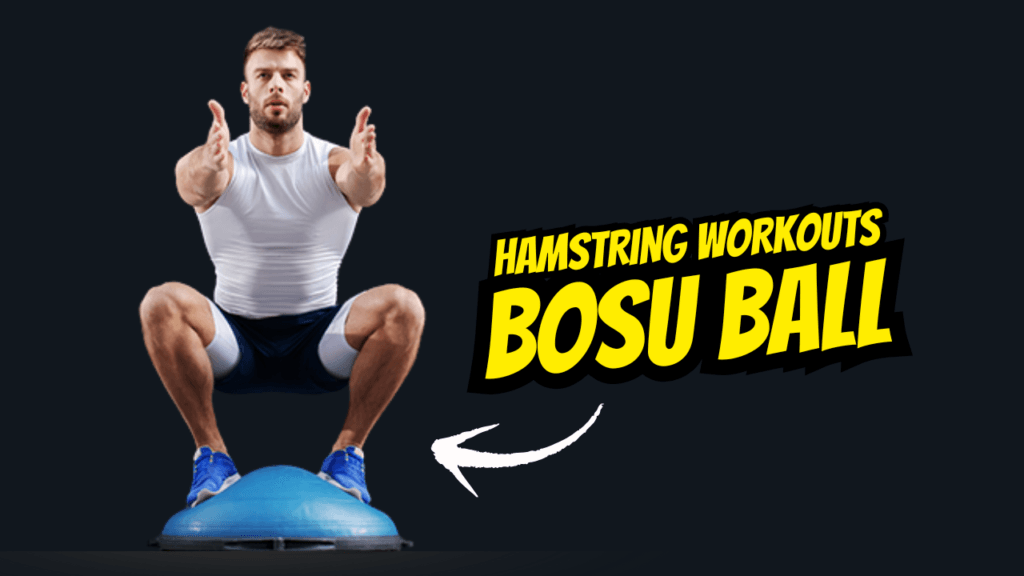
Table of Contents
What Happens After 30 Days of Bosu Ball Hamstring Workouts
| Reduces the risk of falls and boosts athletic performance. | Why It Matters |
|---|---|
| Increased hamstring strength | Improves explosive power for sports, running, and jumping. |
| Enhanced balance and stability | Reduces risk of falls and boosts athletic performance. |
| Better joint support and knee health | Strong hamstrings protect your knees from common injuries. |
| Improved flexibility in hamstrings and hips | Eases lower back tension and increases mobility in daily life. |
| Stronger glutes and core activation | Supports posture, reduces back pain, and creates a firmer lower body. |
| Sharper mind-muscle connection | Makes every workout more effective and intentional. |
| Noticeable toning in your legs and backside | Helps achieve a lean, sculpted look you can feel confident about. |
Essential Dos and Don’ts for Bosu Ball Hamstring Workouts
| Do | Don’t |
|---|---|
| Warm up with dynamic stretches before starting. | Jump straight into exercises without warming up. |
| Focus on controlled, slow movements for maximum muscle engagement. | Rush through reps or use momentum to complete movements. |
| Keep your core engaged to maintain proper balance. | Arch or round your lower back during bridges or deadlifts. |
| Use a soft mat under the Bosu if you need extra cushioning. | Train on a slippery surface that could cause falls. |
| Start with two-legged variations if you’re new to balance training. | Attempt advanced single-leg moves without mastering the basics first. |
| Listen to your body and rest if you feel pain. | Push through sharp pain or discomfort during exercises. |
| Progress gradually by increasing reps or adding light weights. | Add heavy weights too soon, risking strain or injury. |
| Maintain even pressure through your heels during bridges and curls. | Let your toes or forefoot take over the movement. |
| Cool down with gentle hamstring and hip stretches. | Skip your cooldown, which can lead to tightness or soreness. |
7 Best BOSU Ball Hamstring Workouts
1. Bosu Ball Hip Bridges
How to do it:

- Lie on your back with your heels on the dome side of the Bosu ball.
- Keep your knees bent and arms flat by your sides.
- Press through your heels to lift your hips until your body forms a straight line from shoulders to knees.
- Squeeze your glutes and hamstrings at the top, hold for 2 seconds, then lower down slowly.
- Perform 3 sets of 12-15 reps.
Benefits: Builds posterior chain strength while challenging stability—key for injury prevention.
2. Single-Leg Bosu Ball Bridges
How to do it:
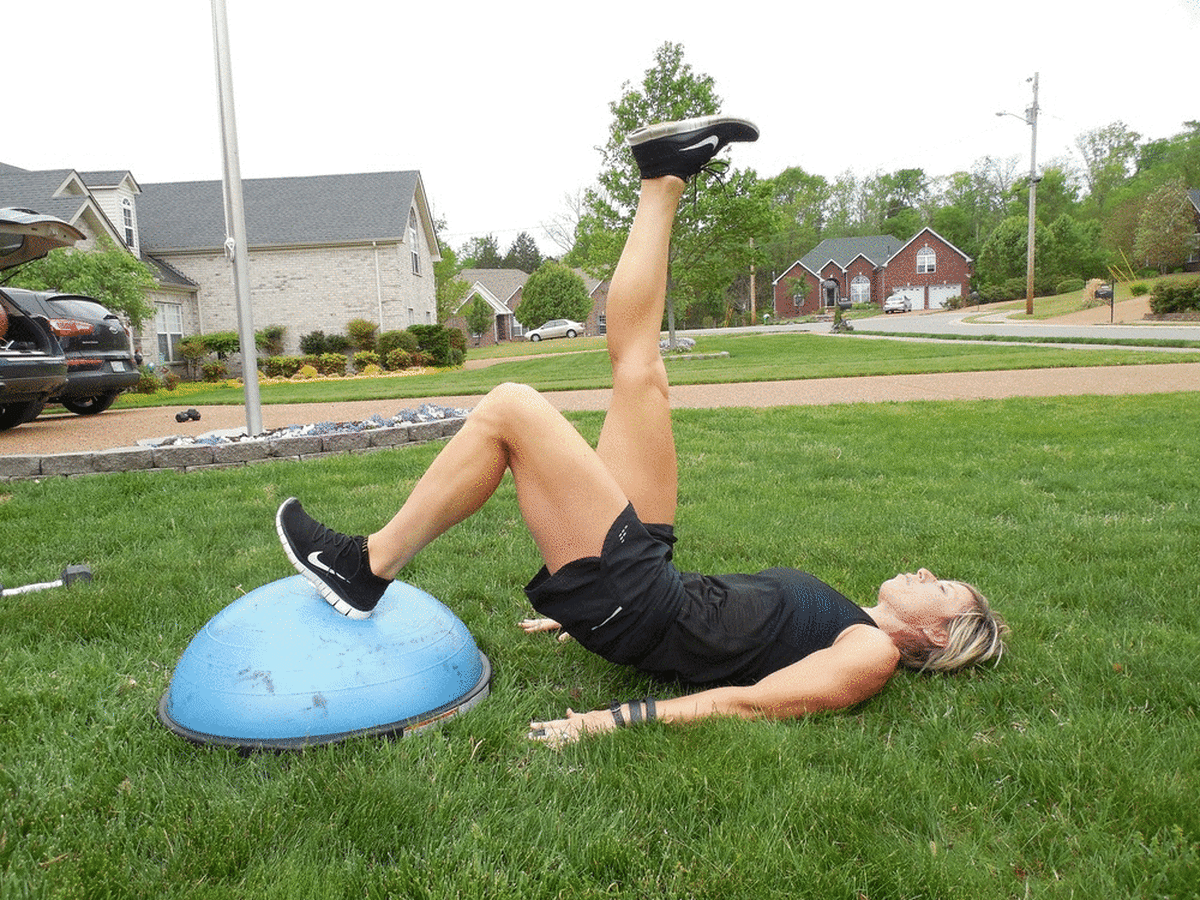
- From the same starting position as the regular bridge, lift one leg straight up.
- Drive through the heel of the grounded leg to lift your hips.
- Keep your hips level as you raise and lower with control.
- Do 10-12 reps per leg for 3 sets.
Benefits: Corrects muscle imbalances and forces each hamstring to work independently.
3. Bosu Ball Hamstring Curls
How to do it:
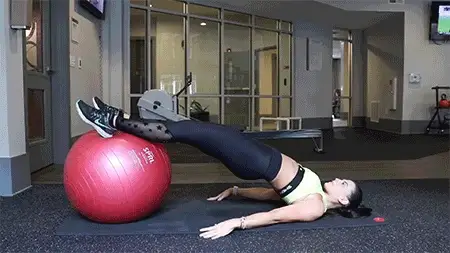
- Lie on your back with heels on the dome.
- Lift your hips into a bridge, then slide your heels in and out by bending and extending your knees.
- Keep your core tight and your hips lifted throughout the movement.
- Aim for 3 sets of 10-15 controlled reps.
Interesting fact: This move mimics a hamstring curl machine—but activates stabilizer muscles you’d never hit with gym equipment alone!
4. Bosu Ball Romanian Deadlift
How to do it:
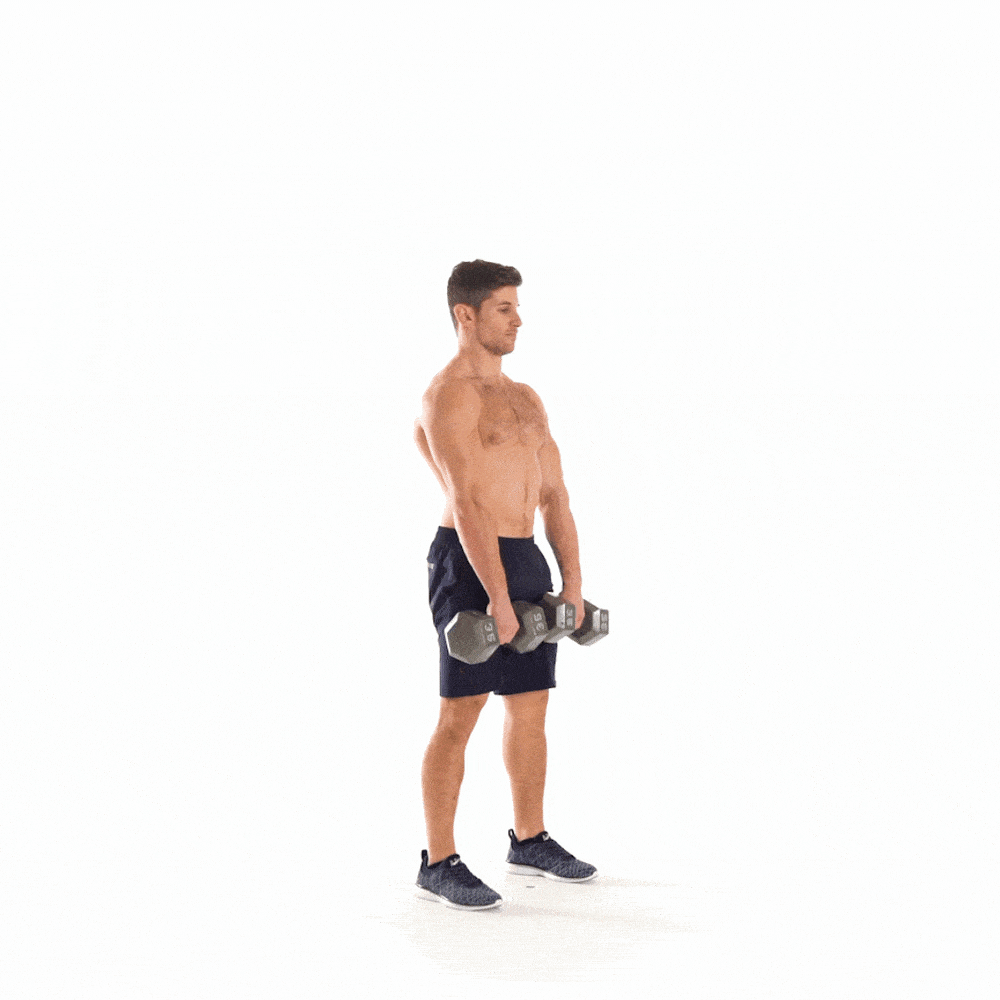
- Stand on the flat side of the Bosu with feet hip-width apart.
- Hold dumbbells or a kettlebell in front of your thighs.
- Hinge at your hips with a straight back, lowering the weights towards your feet while keeping a soft bend in your knees.
- Feel the stretch in your hamstrings, then return to standing by driving your hips forward.
- Complete 3 sets of 8-12 reps.
Benefits: Adds a balance challenge, intensifying hamstring engagement and improving proprioception.
5. Bosu Ball Reverse Lunge to Hamstring Stretch
How to do it:

- Place your front foot on the dome of the Bosu ball.
- Step your other foot back into a deep lunge, bending both knees to 90 degrees.
- As you rise, straighten the front leg and lean forward to feel a hamstring stretch.
- Alternate legs for 10 reps on each side, 3 sets total.
Benefits: Combines strength and dynamic flexibility for functional hamstring conditioning.
6. Bosu Ball Single-Leg Deadlift
How to do it:
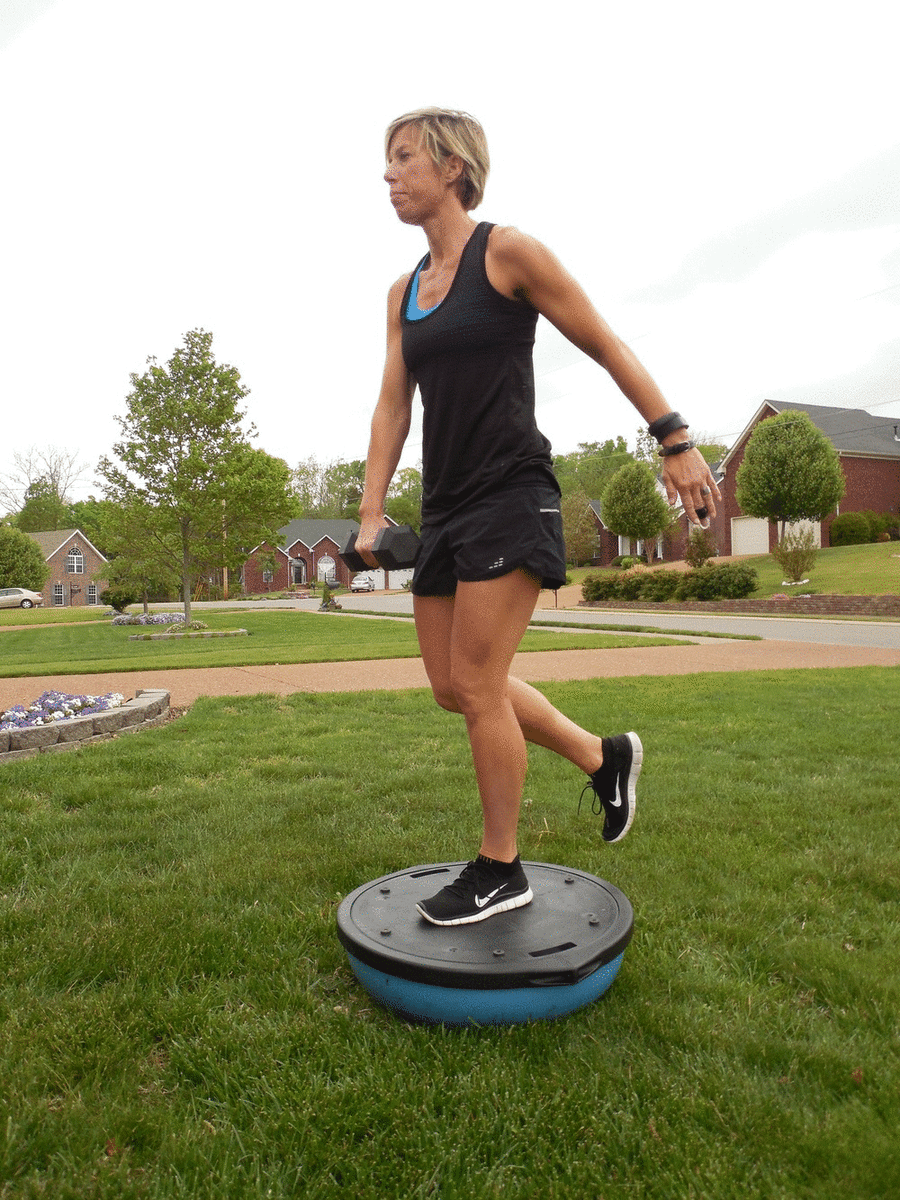
- Stand on the dome with one leg, knee slightly bent.
- Hinge forward at the hips, extending your free leg straight behind you.
- Reach your hands toward the Bosu or the ground.
- Return to upright with control, staying balanced.
- Perform 8-10 reps per side for 3 sets.
Myth buster: Many believe balance training is only for athletes—wrong! Everyone benefits from balanced work, especially those looking to prevent falls or improve coordination.
7. Bosu Ball Glute-Ham Raise
How to do it:
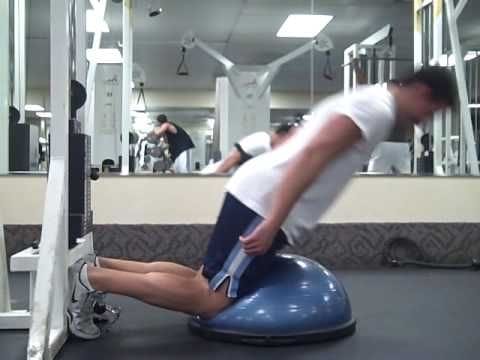
- Kneel on a mat with toes tucked under the Bosu ball’s flat side, securing your feet.
- Lower your torso toward the floor as slowly as possible by extending your knees, and using your hamstrings to resist the movement.
- When you reach the limit of control, use your hands to catch yourself, then push back up.
- Complete 6-8 challenging reps for 3 sets.
Benefits: Advanced move that builds raw hamstring strength and eccentric control, crucial for powerful sprinting and jumping.
Final Thoughts
Training your hamstrings on a Bosu ball transforms a regular leg day into an experience that improves balance, strengthens your entire posterior chain, and enhances athletic performance.
Whether you’re looking to run faster, jump higher, or simply keep your knees healthy, these 7 Bosu ball hamstring workouts will have your back—literally and figuratively!
Remember: Consistency is key. Add these exercises to your routine 2-3 times per week, and your hamstrings will thank you with strength, stability, and fewer injuries.
Frequently Asked Questions (FAQs)
Can beginners use a Bosu ball for hamstring workouts?
Absolutely! Bosu balls are beginner-friendly. Start with two-legged exercises like the Bosu Hip Bridge, then progress to single-leg variations as your balance improves.
How often should I train my hamstrings on the Bosu ball?
Aim for 2-3 sessions per week, giving at least 48 hours of rest between workouts to allow your hamstrings to recover and grow stronger.
Do Bosu ball hamstring exercises help with lower back pain?
Yes! Strong hamstrings stabilize your pelvis and reduce strain on your lower back. Combined with core training, these exercises can ease or prevent back discomfort.
Can I do these exercises if I have knee pain?
Many people with knee pain benefit from hamstring strengthening, but listen to your body. Start slowly, avoid deep lunges if they hurt, and consult a healthcare professional if pain persists.
Do I need other equipment besides the Bosu ball?
For some exercises like the Bosu Romanian Deadlift, using dumbbells or a kettlebell adds resistance. Otherwise, your body weight and the Bosu ball are often enough for an effective workout.
How long does a Bosu ball hamstring workout session take?
A full session covering all 7 exercises takes about 25–35 minutes, including short rests between sets. It’s an efficient way to target strength, stability, and flexibility.
Are Bosu ball hamstring workouts safe for older adults?
With proper supervision and by starting with easier variations (like supported hip bridges), these workouts can safely build strength and balance in older adults—key factors in fall prevention.
How can I tell if my hamstrings are weak?
Common signs include tightness that doesn’t improve with stretching, frequent cramps, difficulty extending your leg fully, or over-reliance on your quads during squats.
Do these exercises build muscle or just tone?
They do both! Consistent training with progressive overload (adding reps or resistance) will build muscle size, while higher-rep sets can help with toning and endurance.
